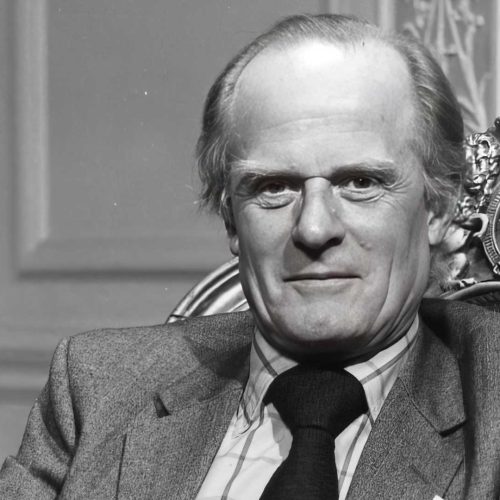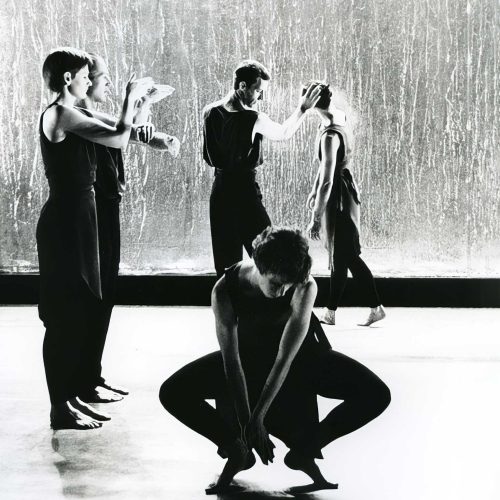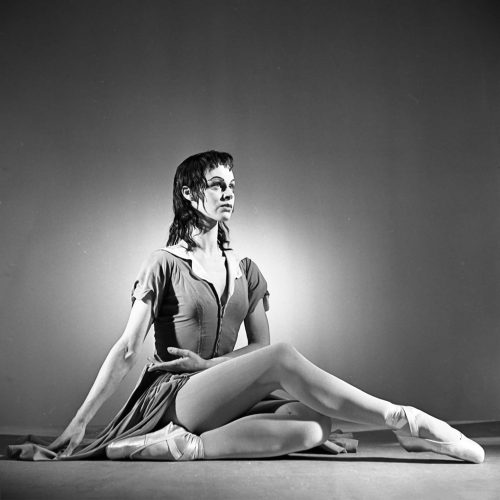Woolf Works was Wayne McGregor’s first full-length work for The Royal Ballet, set to music by Max Richter and inspired by three novels by Virginia Woolf: Mrs Dalloway, Orlando, and The Waves. The designs were by Moritz Junge, Ciguë, We Not I and the choreographer himself, and the original cast included Alessandra Ferri, Federico Bonelli, Edward Watson and Natalia Osipova.
McGregor chose not to follow a linear narrative, as he had done with 2013’s Raven Girl for The Royal Ballet, but instead used each act to distil themes and flavours from Woolf’s novels, connected by the figure of Virginia Woolf herself, a role Ferri performed with limpid, crepuscular beauty. I Now, I Then was driven by moments from Mrs Dalloway. A restrained movement vocabulary, reflective in tone, threaded together moments between Ferri and Watson’s shell-shocked Septimus Smith, or Francesca Hayward’s bright young woman, who could be Vita Sackville-West – it’s never quite made certain.
Woolf Works is full of ambiguities that allow the mind to wander: moveable frames created by the design studio Ciguë could be bookends, or perhaps allude to Stonehenge, or something else that is monumental or deep within our psyches? As with much of McGregor’s work, we can take what we would like from his non-prescriptive imagery. Becomings features the propulsive, hyper-extended movement that is McGregor’s emblem, illustrating with ferocity the time-travelling, gender-changing elements of Orlando. Actress Gillian Anderson’s poignant reciting of Woolf’s suicide note opens Tuesday, the third act of McGregor’s ballet which uses The Waves to ruminate on the passage of time and life.
In jettisoning the linear form of narrative ballet, McGregor’s usually tensile movement became an illuminating vehicle for the stream-of-consciousness style of Woolf’s lyrical prose.




